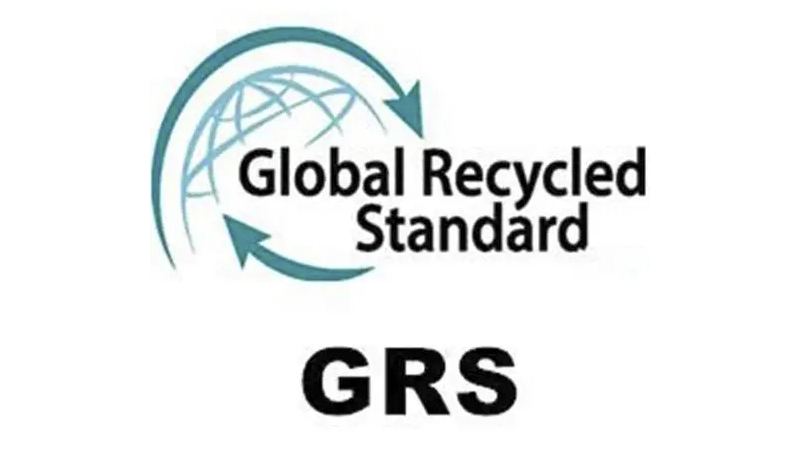Rare earth elements, a group of 17 chemically similar elements, have become indispensable in modern technology, playing a crucial role in the production of electronics, renewable energy technologies, and defense systems. As the demand for rare earth elements continues to rise, the significance of rare earth recovery has become increasingly apparent. The recovery of these valuable resources not only addresses environmental concerns but also contributes to global sustainability and resource security.
Rare earth elements are essential components in the manufacturing of high-tech products such as smartphones, electric vehicles, wind turbines, and advanced medical equipment. Their unique properties, including magnetic, luminescent, and catalytic characteristics, make them irreplaceable in many applications. However, the extraction and processing of rare earth elements can have significant environmental impacts, leading to soil and water contamination, habitat destruction, and greenhouse gas emissions. Therefore, the recovery and recycling of rare earth elements are crucial for reducing the environmental footprint of their production and consumption.
One of the primary reasons for the significance of rare earth recovery is the limited availability of these elements. Despite their name, rare earth elements are not necessarily rare in the Earth’s crust, but they are typically dispersed and often found in low concentrations, making their extraction challenging and costly. Moreover, the majority of the world’s rare earth supply is currently sourced from a few countries, leading to concerns about geopolitical dependencies and supply chain vulnerabilities. By recovering and recycling rare earth elements from end-of-life products and industrial waste, the reliance on primary mining can be reduced, contributing to a more sustainable and secure supply of these critical materials.
Furthermore, rare earth recovery offers economic benefits by creating new opportunities for resource recovery and circular economy practices. As the demand for rare earth elements continues to grow, the recycling and reclamation of these materials present a viable solution for meeting future supply needs. By establishing efficient recovery processes and developing advanced recycling technologies, valuable rare earth elements can be extracted from discarded electronics, magnets, and other waste streams, reducing the need for virgin materials and minimizing the environmental impact of their extraction.
In addition to environmental and economic advantages, rare earth recovery also aligns with the principles of sustainable development and responsible resource management. By recovering and reusing rare earth elements, the environmental burden associated with their production and disposal can be mitigated, contributing to the conservation of natural resources and the reduction of waste. Moreover, the recovery of rare earth elements supports the transition towards a more sustainable and circular economy, where valuable materials are retained in the production cycle for as long as possible, reducing the reliance on finite resources and minimizing environmental degradation.
In conclusion, the significance of rare earth recovery cannot be overstated in the context of today’s technological and environmental challenges. By prioritizing the recovery and recycling of rare earth elements, we can address environmental concerns, enhance resource security, and promote sustainable development. As the global demand for rare earth elements continues to increase, investing in efficient recovery technologies and promoting circular economy practices will be essential for ensuring a stable and sustainable supply of these critical materials for future generations.

